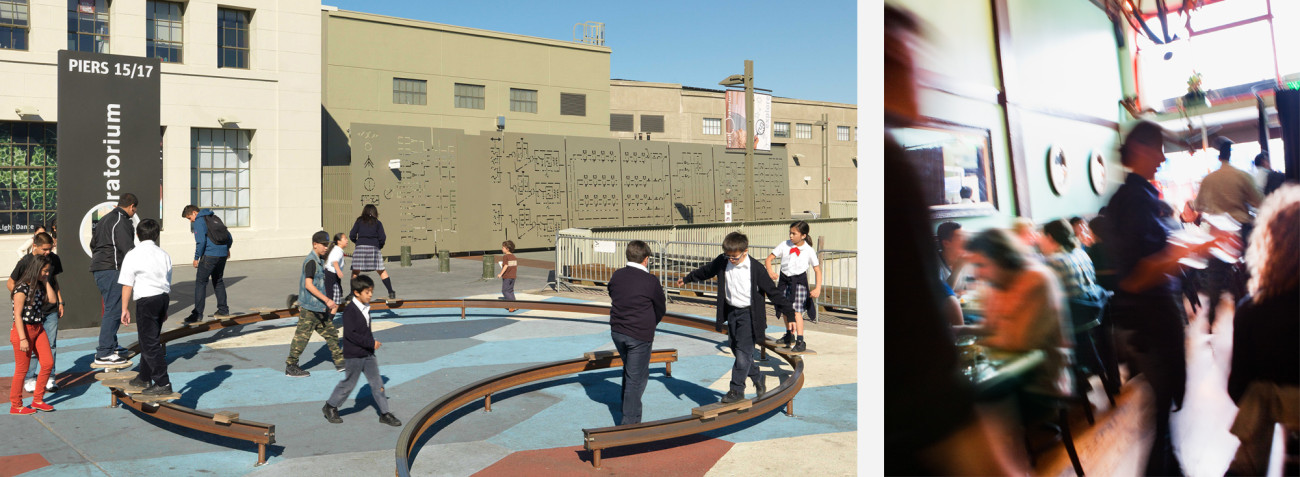With all of the buzz around California Chrome’s near-miss at the Triple Crown, fans of the charming horse may very well have wanted to visit the place where he got his racing start and began earning attention on the track.
That won’t be possible, though. But in a few years, they could buy a house or rent an apartment on the site instead.
The former racetrack where California Chrome debuted, Betfair Hollywood Park, will be redeveloped with 3,000 homes, a large retail center, and other community amenities on the 234 acre site near Los Angeles International Airport. It’s one of two major California racetracks to shut down and be demolished in the last few years.
Bay Meadows, in San Mateo, Calif, and Hollywood Park are both being developed by Wilson Meany and its partner Stockbridge Capital. The Bay Area developer finds itself in an enviable position: large, bare space for development in urban California is extremely rare. Tearing down both tracks and starting from scratch affords the opportunity to create a unique community experience.
“The horse racing business in California has been in great decline,” says Janice Thacher, principal at Wilson Meany. Especially in the booming Bay Area, which recovered robustly from the recession with new jobs and jumped-up rents, “most people … recognized that this was not the highest and best use for 83 acres on the CalTrain line.”
Jim Mulvihill, director of media relations for the National Thoroughbred Racing Association (NTRA), says the decisions to develop racetracks are less indicative of struggles for the horse racing industry, and more about the value of wide-open real estate.
“Many racetracks that were built decades ago on what were then the outskirts of towns and cities now find themselves on very desirable land in the middle of huge metropolises. The occasional sale of racetrack property for other development is not really a reflection on the health or viability of horse racing; it is just the reality of the market, especially in a state like California where any large tracts of land in densely populated areas can be worth hundreds of millions,” Mulvihill says.
Of the two projects, Bay Meadows is much further along. Construction is moving forward on the second and final phase of construction, with completion anticipated by 2018. Bay Meadows Phase Two includes 1,000 homes (10 percent affordable), five office buildings (750,000 square feet), 90,000 square feet of retail, and a private high school. Of the 83-acre site, 18 acres are set aside for parks. And the location is just a five-minute walk from a CalTrain commuter train station, making it ideal for workers traveling to the South Bay or San Francisco.
“We’ve seen a number of homeowners we call dual commuters; because one spouse works in the South Bay while the other works in San Francisco, so Bay Meadows is in the sweet spot for them. They’re just a short walk from a CalTrain stop and they can zip up or down on the commuter rail to head to work,” says Maureen Futtner, a PR consultant for Wilson Meany.
While placing affordable housing near public transit hubs is often discussed as a priority for cities around the nation, Bay Meadows will attract a wealthier demographic. Condominiums in Phase Two will start around $850,000 and go up from there, Thacher says. The Phase One project included a retail center with a Whole Foods, one of California’s most popular upper-end grocers.
“Residents of Phase Two will be in close walking distance to Whole Foods, which tends to be a big draw for people moving to Bay Meadows,” Thacher says. Another attraction is the developers’ efforts to create a strong sense of community. The retail/commercial section of the project is called a “Social Street,” where residents and workers can enjoy outdoor interactive spaces for dining, socializing, and games like bocce and tetherball.
Hollywood Park will also have a major retail component to its build out, though the transit-oriented portion of the project will not be as emphasized as at Bay Meadows. The neighborhood is just four miles from LAX, however, potentially making it ideal for jet-setting commuters who do business around the world. Construction on the infrastructure portion of the Hollywood Park project was set to begin in late June.
While the projects bring new opportunities for residents, retailers and businesses, the loss of two major racetracks is a setback for the horse racing industry—but by no means is this a new phenomenon. The most common reuse of such property seems to be industrial parks, shopping centers and public open space, but a few tracks have now become mixed-use projects across the nation.
They include Garden State Park in Cherry Hill, N.J. After the racetrack closed in 2001, the property became the site of a 500,000-square-foot retail and restaurant development as well as apartments, townhomes, and a senior residence. In Omaha, Neb., the Ak-Sar-Ben Race Track and Coliseum is now the site of dormitory housing and mixed-use development serving the University of Nebraska. That track was demolished in 2004.
“It is difficult to watch historic racetracks be bulldozed for condos and malls,” Mulvihill notes. “Yet the industry carries on, as the races at those tracks typically are relocated to other venues as opposed to simply disappearing. The overall volume of races in California remains essentially unchanged so the sport evolves and thrives, even as parts of our history are irredeemably lost.”
Read the original story here.
